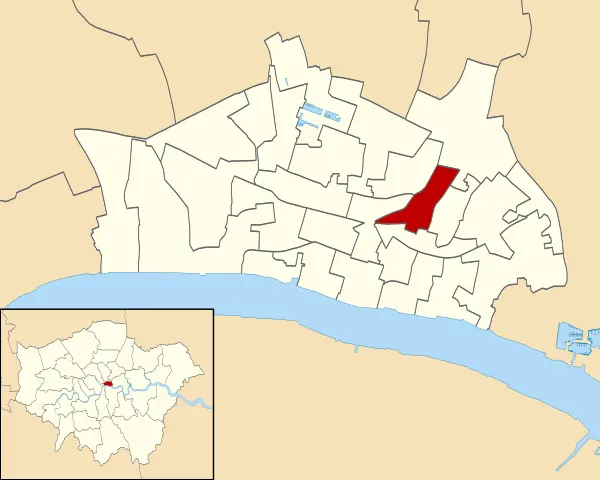No. 13 Cornhill Volunteer
£12.50
Cornhill Ward Details (scroll down for a more detailed Description)
The first reprints of the 1798 aquatints by Thomas Rowlandson (published by Rudolph Ackermann) published in 1972 by Hugh Evelyn Limited.
Image size is 20.5 x 25.5 cm [8” x 10”] against a light greyish orange background (c. RGB fcf2e1) impressed on medium high white matt cartridge paper of c. 120 g/m2.
Print size: c. 26.2 x 33.7 cm [17” x 12 ¾”] may vary slightly from printers’ cut 50 years ago
Details of London Wards and Parishes provided by © the British Library
We offer thanks to the Trustees of the British Library and British Museum and Wikipedia for some text (and map outlines
Print is STANDARD size – shipping is the same for 1 to 10 prints (based on largest print size in your order) – see Shipping & Returns
Who were the Loyal Volunteers ? See here
In stock
Description

Cornhill (see map) is a ward and street in the City of London, the historic nucleus and financial centre of modern London. The street runs between Bank Junction and Leadenhall Street. The hill from which it takes its name is one of the three ancient hills of London; the others are Tower Hill, site of the Tower of London, and Ludgate Hill, crowned by St Paul’s Cathedral. The highest point of Cornhill is at 17.7 metres (58 ft) above sea level. Cornhill is one of the traditional divisions of the City. The street contains two of the City churches designed by Sir Christopher Wren: St. Michael, Cornhill, and St Peter upon Cornhill, reputed to occupy the oldest Christianised site in London. Both are on the site of the Roman forum of Londinium. At its other end it meets Threadneedle Street, Poultry, Lombard Street and others at Bank junction. Sir Thomas Gresham‘s original Royal Exchange fronted onto Cornhill, but its successor on the site, designed by William Tite, faces towards the Bank of England across the junction with Threadneedle Street. The “Standard” near the junction of Cornhill and Leadenhall Street was the first mechanically pumped public water supply in London, constructed in 1582 on the site of earlier hand-pumped wells and gravity-fed conduits. The mechanism, a force pump driven by a water wheel under the northernmost arch of London Bridge, transferred water from the Thames through lead pipes to four outlets. The service was discontinued in 1603. This became the mark from which many distances to and from London were measured and the name still appears on older mileposts (but see also the nearby London Stone and St. Mary-le-Bow church). In 1652, Pasqua Rosée, possibly a native of Ragusa, Italy, opened London’s first coffeehouse, in St. Michael’s Alley off Cornhill. The publishers Smith, Elder and Co, based at No. 65, published the popular literary journal Cornhill Magazine from 1860 to 1975, as well as the Dictionary of National Biography. The magazine was first edited by William Makepeace Thackeray. Cornhill Street is the address of the “Scrooge and Marley” counting house, as well as the employer of Bob Cratchit, in Charles Dicken’s 1843 novella, “A Christmas Carol“.
Additional information
| Weight | 0.0121 kg |
|---|---|
| Dimensions | 25 × 35 cm |






